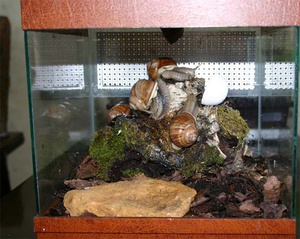To hunt for insects important – not just to notice them or to find, but to choose a time when you can manage to make a few frames. To do this, some go on game drives in the early morning when it’s still cold, and insects, while “frozen”, not moving, sleeping on the grass.

A bonus are the beautiful droplets. But it is not our method, much more interesting insect hunt down and shoot in its natural environment can often get interesting pictures with a sketch of his life. For this it is necessary that the same butterfly, just fluttered in the air, and somewhere a village and sat there for a while. If the butterfly just sat down to rest, she on the alert, and when approaching a person prefer to depart at once. It is quite another thing if she’s busy doing something important, insects, and wild animals it is best to watch for during when they eat or get acquainted with the sexual partner.
The world at this time, they have relegated to the background. And in these photos, a butterfly of the family of Tolstoganova (lat. Hesperiidae) perched on a flower wild carnation, launched at him his long flexible proboscis and enjoy drinking the nectar. As the name implies, these butterflies, in fact, quite a large head and small, about the size of the body, the wings that she folds the letter, sitting down.
Tolstogolovki – butterflies are mainly small and medium size – wingspan 18-70 mm. Coloration dark or ocher-yellow. Eyes naked. The head has a transverse dimension greater than the along, with large, widely spaced eyes. Base of antennae with hairy brush. Labial palpi short, thick, covered in dense long scales. Antennae fusiform, often with a hooked pointed apex, their length usually does not exceed half the length of the costal edge of the forewing. The chest is powerful. All legs well developed and functioning during the walk. Tibiae of the hind legs is equipped with 1-2 pairs of spurs.
Wings compared with the massive body is small. front wing usually narrow, elongated, with pointed apex. The Central cell is closed. Androconial structure in the form of plots of different shapes and colors employed in the modified scales are located on the upper or lower surface of fore wings, in some species – in a special fold along the costal region. Krylova pattern consists of white spots on a dark background or dark spots on a light background, in some species there are small transparent areas.
The eggs are usually light colored (round, hemispherical or oval, with smooth or ribbed covers with chicken wire structure). Caterpillar “naked” or with melkoporistye covers, fusiform, with a broad massive head, covered with fine hairs. Live in rolled or folded in different ways leaves. The majority of species inhabiting associated with herbaceous vegetation. The pupa is oblong or nearly cylindrical, with smooth integument.


